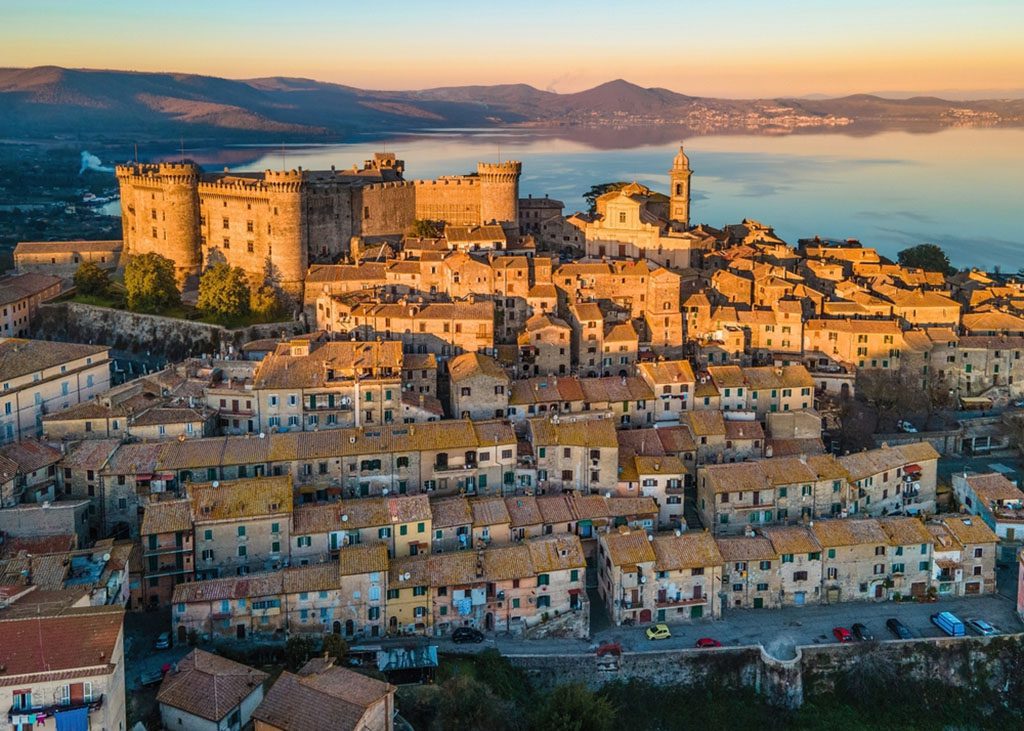Since the height of the Roman Empire, visitors have been flocking to Italy’s many lakes or laghi. Until this day, they remain so. There’s logic to this action. Many of these lakes can be found in northern Italy’s mountainous areas, making them ideal subjects for postcards. They have undeniable beauty and a hypnotic effect on visitors, ensuring their return. Highlighting some of Italy’s most stunning bodies of water.
10. Lake Bolsena

Aerial view of the old city in Bologna, Italy. Image source: bellena/Shutterstock.com
On the slopes above Lake Bolsena, the horizon seems to go on forever. In any case, you won’t want to miss out on seeing this beautiful central Italian lake. Bisentia, the biggest of the lake’s islands, is notable for its Etruscan remains and beautiful churches. The lake is located in a volcanic crater, and hence the sand on the beaches is black. You can go fishing, swimming, or bird watching at Lake Bolsena. If you’re traveling between Rome and Tuscany by car, the lake is a lovely place to break your journey.
9. Lake Ledro
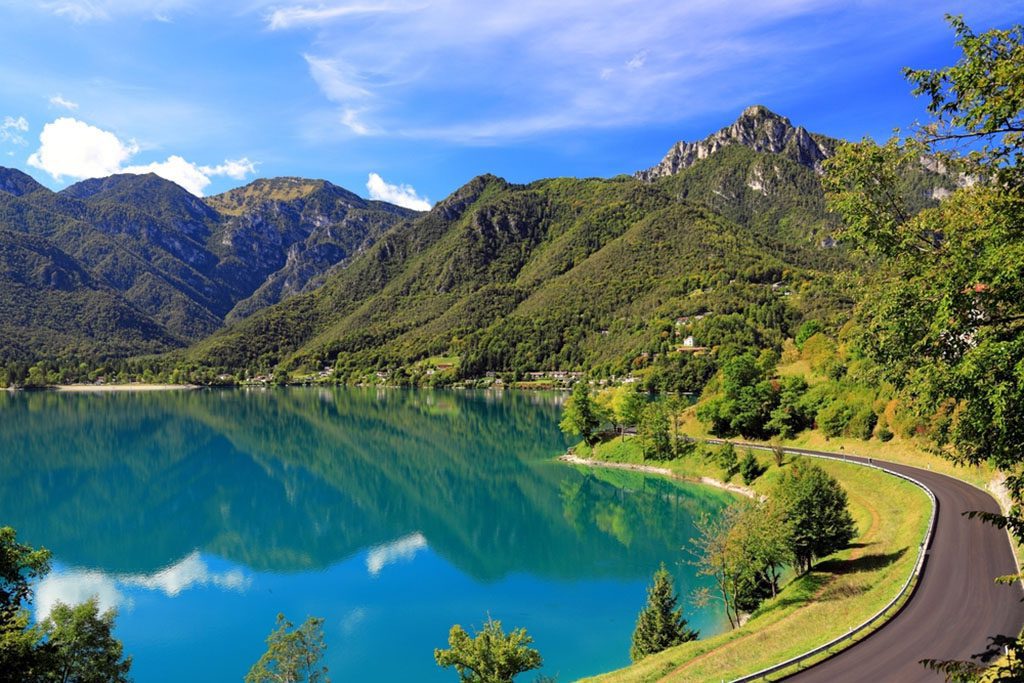
The scenic beauty of Gran Paradiso National Park in Aosta Valley, Italy. Image source: Vaclav Volrab/Shutterstock.com
Although Lake Ledro isn’t the largest lake in Italy, its stunning natural beauty more than makes up for its small size. It is one of the cleanest in Trentino. This alpine lake is surrounded by trees and well worth a visit. In the summer, you can go swimming or sailing since the water is warm. Riding a mountain bike along the lake’s edges is likely to be difficult. When the lake level was dropped to construct a hydroelectric dam, archaeologists discovered the remains of ancient buildings, some dating back to the Bronze Age.
8. Lake Lugano
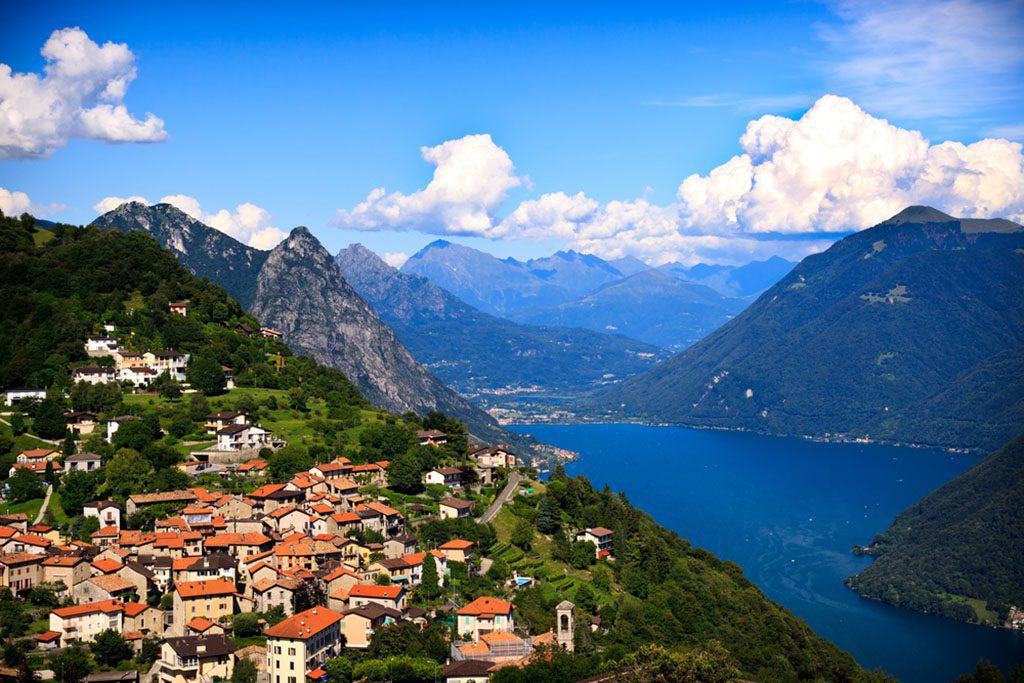
A stunning view of the Old Town of Bergamo, Italy. Image source: Larisa Dmitrieva/Shutterstock.com
The beauty of Lake Lugano is doubled by its location between two countries (Italy and Switzerland). The lake’s alpine setting is like honey to bears. The glacier lake’s attractiveness stems, in part, from the way it has branched out in different directions. Beautiful scenery can be seen around every corner of Lake Lugano. For even more breathtaking vistas, take a boat out on the lake or a funicular up the mountain. You can go fishing on Lake Lugano or hunt for fossils on Monte San Giorgio.
7. Lake Trasimeno
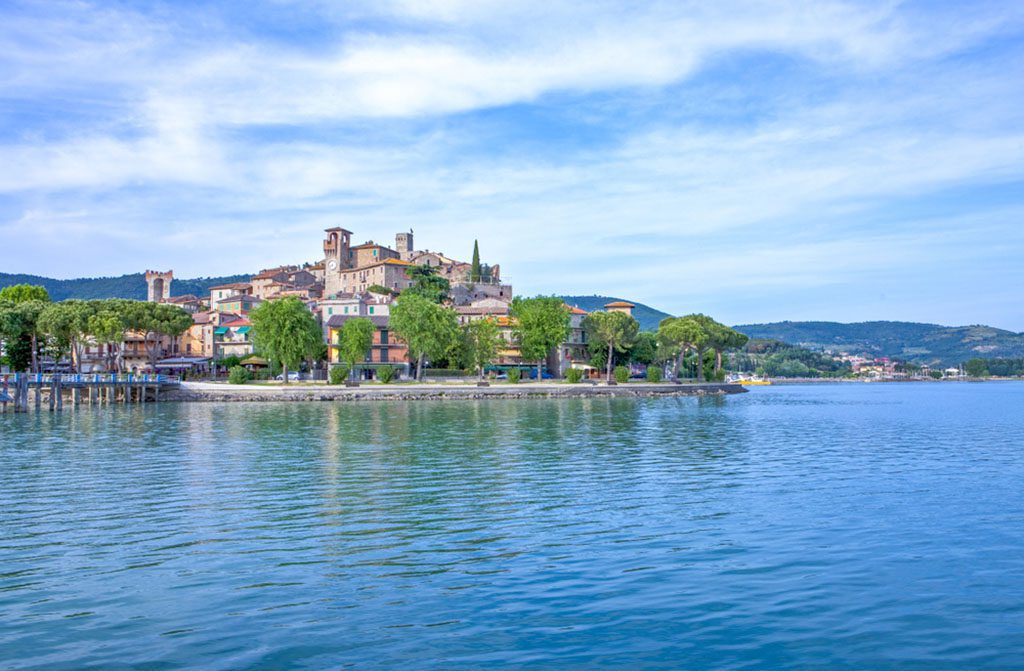
The historic city center of Verona, Italy, seen along the Adige River at sunset. Image source: Javen/Shutterstock.com
A few similarities exist between the Great Salt Lake in Utah and Central Italy’s Lake Trasimeno. Water can enter but cannot leave. This Umbrian Lake is just approximately 5 meters (16 feet) deep and is covered with mud. Numerous fortifications around the lake bear witness to its strategic importance and violent history, including Hannibal’s defeat of the Roman army in 217 BC. In September, locals and visitors alike gather for a fish festival where two tons of fish an hour can be fried in a massive frying pan. Lake Trasimeno is surrounded by beautiful, picturesque farmland, including vineyards and olive groves.
6. Lake Bracciano
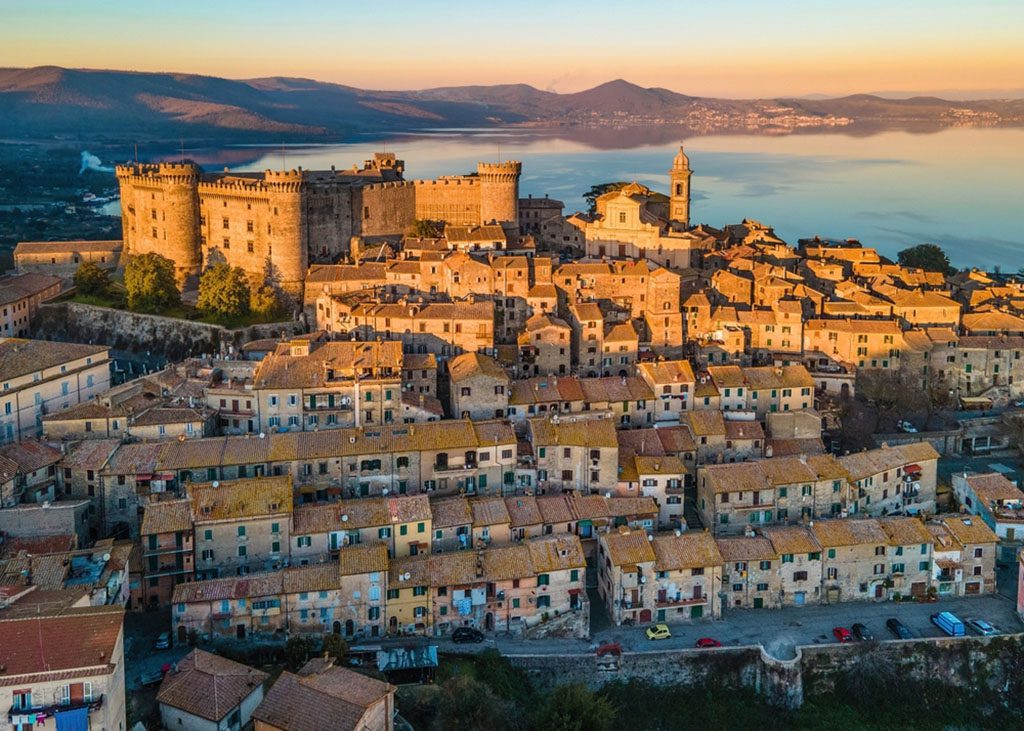
A serene view of the calm waters of Lake Bracciano, located near Rome, Italy. Image source: EnricoBaroniStudio/Shutterstock.com
People who like water sports go to Lake Bracciano. Scuba diving, fishing, canoeing, wind surfing, sunbathing, and swimming are all fantastic here. Sailboats are permitted; however, their passenger capacity is capped at 4. An abundance of recreational opportunities can be found in the park that borders Lake Bracciano. The lake is conveniently close to Rome, so it can be visited in a single day. The lake was created by a volcanic eruption, and its waters now provide Rome with its drinking water. Bracciano is a picturesque village with an ancient castle that is well worth seeing if you need a break from the great outdoors.
5. Lake Iseo
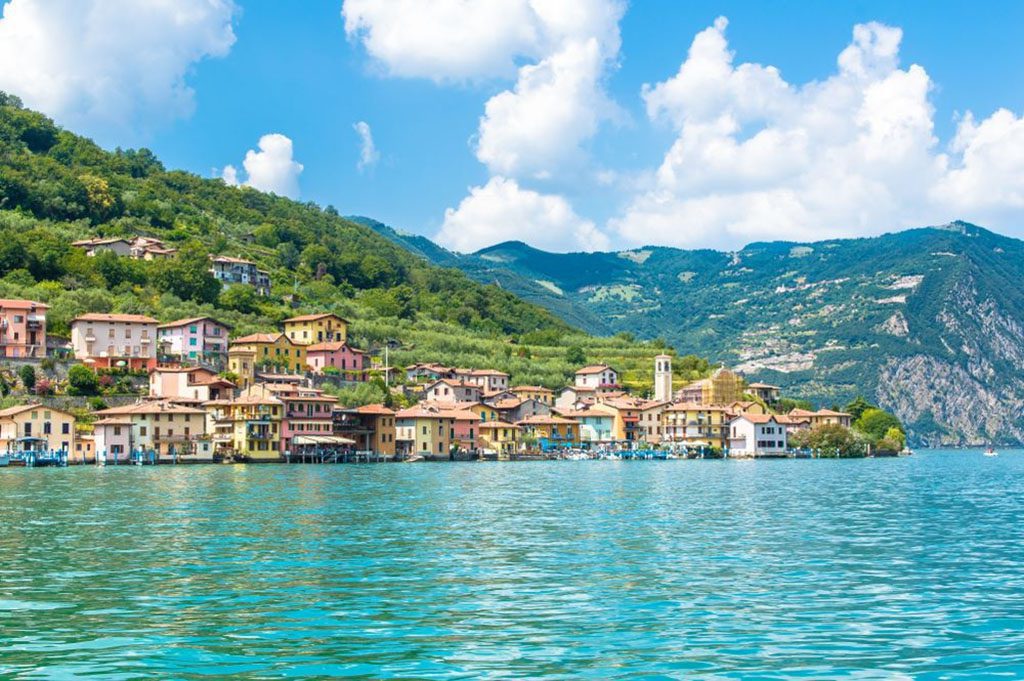
A stunning view of Montisola on Lake Iseo in northern Italy. Image source: mjols84/Shutterstock.com
Lake Iseo is a great spot to take a break after seeing the many ancient villages that dot Northern Italy. Lake Iseo is a gem among Italy’s lakes because of its secluded location amid vineyards and forests. Because it is off the beaten path, visitors will find peace and quiet here, yet the lake’s beauty is on par with that of its more famous siblings, Lakes Como and Garda. There are no cars permitted on Monte Isola, the biggest inhabited island in a southern European lake, but you can ride a mule to the chapel.
4. Lake Orta
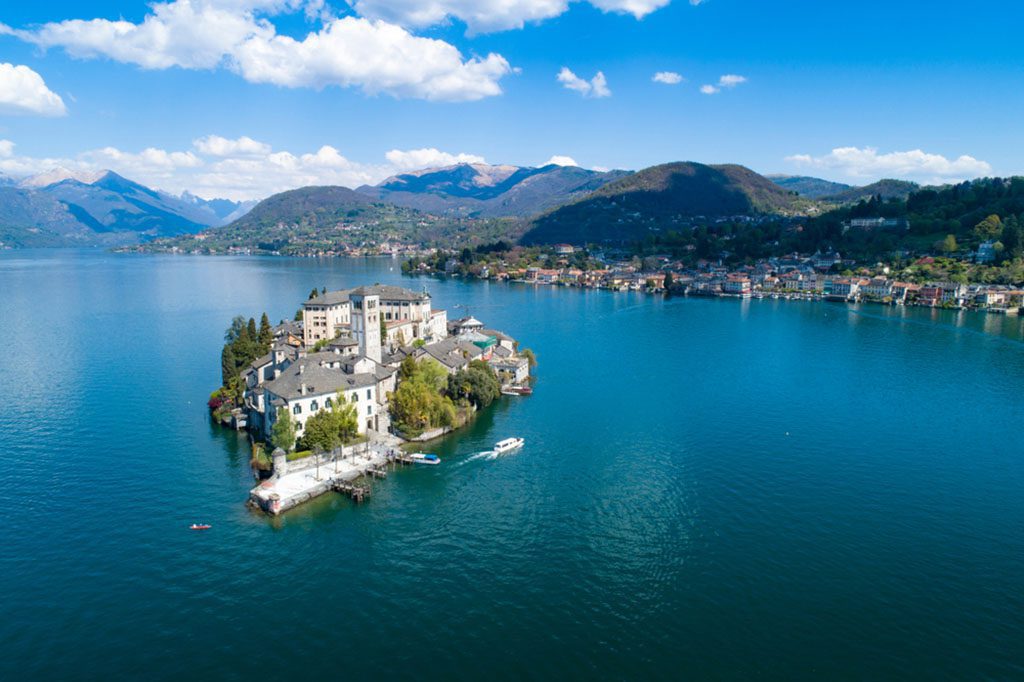
An awe-inspiring aerial view of Lake Orta, located in northern Italy. Image source: Arcansel/Shutterstock.com
Lake Orta has been described as magical and a hidden jewel among the lakes of northern Italy by authors across the centuries, from Balzac and Browning to the present day. Isla San Guilio is like a period at the end of a sentence introducing a paragraph on how gorgeous the scenery is. San Guilio is revered as the patron saint of the area. The island’s cobblestone walkways are ideal for leisurely and passionate strolls. Take in some history at a basilica built in the 12th century or browse the wares in a vibrant market. Lake Orta is a sea of peace surrounded by forests and mountains, yet it’s just an hour’s drive from bustling Milan.
3. Lake Maggiore
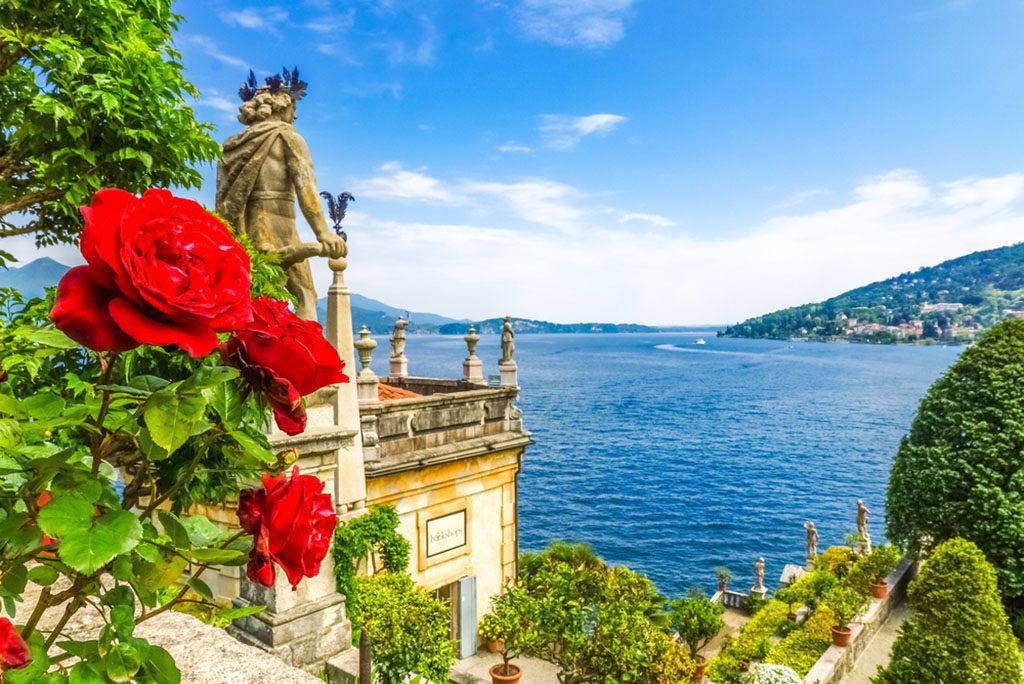
A stunning view of Isola Bella, located on Lake Maggiore in Italy. Image source: Sina Ettmer Photography/Shutterstock.com
Also forming a boundary between two nations, Italy and Switzerland both lay claim to Lake Maggiore. The southern side of the Alps is home to Lake Maggiore, the second-largest lake in Italy. The area has a Mediterranean climate, ideal for growing tropical vegetation. When spring flowers emerge on the surrounding hills, the lake takes on a breathtaking beauty. Taking the Mottarone cable car up into the mountains is the best way to take in the scenery of this 40-mile-long lake and its surrounding islands. As an alternative to just sitting on the shore, you could take a leisurely cruise on the lake or ride your bike around it.
2. Lake Garda
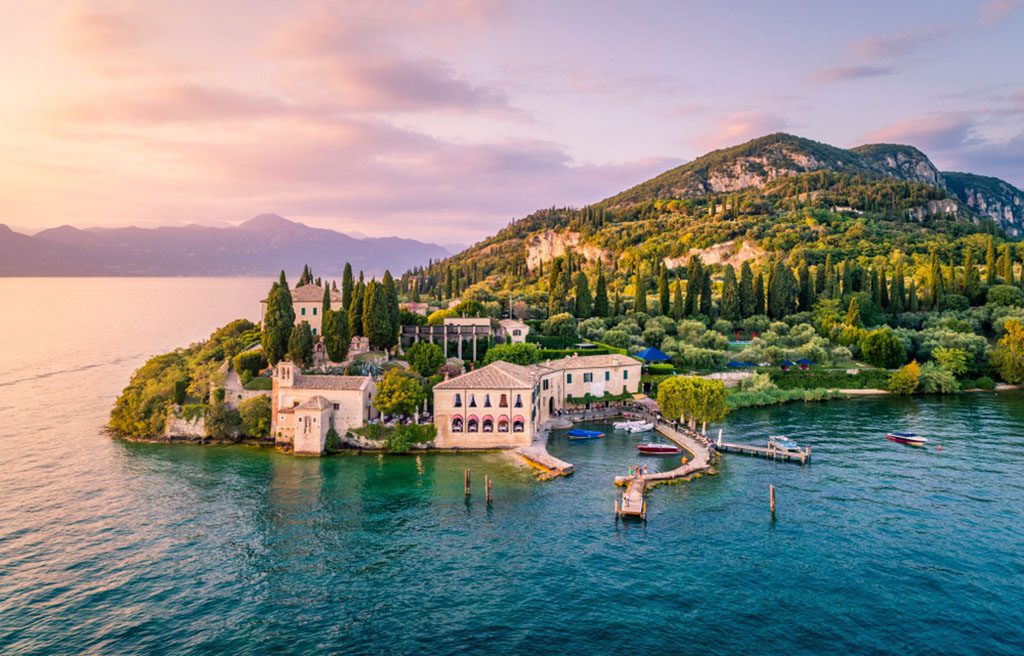
Punta San Vigilio on Garda Lake, located in the Verona province of Veneto, Italy. Image source: Stefano Termanini/Shutterstock.com
Lake Garda, located in the country’s north, is the country’s biggest lake and was formed by glacial activity. Tourists love coming here to enjoy the peaceful atmosphere at this lake surrounded by towering peaks. A number of islands dot the lake, notably Isola del Garda, where St. Francis of Assisi established a monastery in 1220. The lake has a fjordlike character, and taking a ferry between the towns on the lake is a lot of fun. Its coastlines are adorned with citrus orchards and olive gardens. Bicyclists, boaters, wind surfers, and people who just want to explore the picturesque island villages love this lake.
1. Lake Como
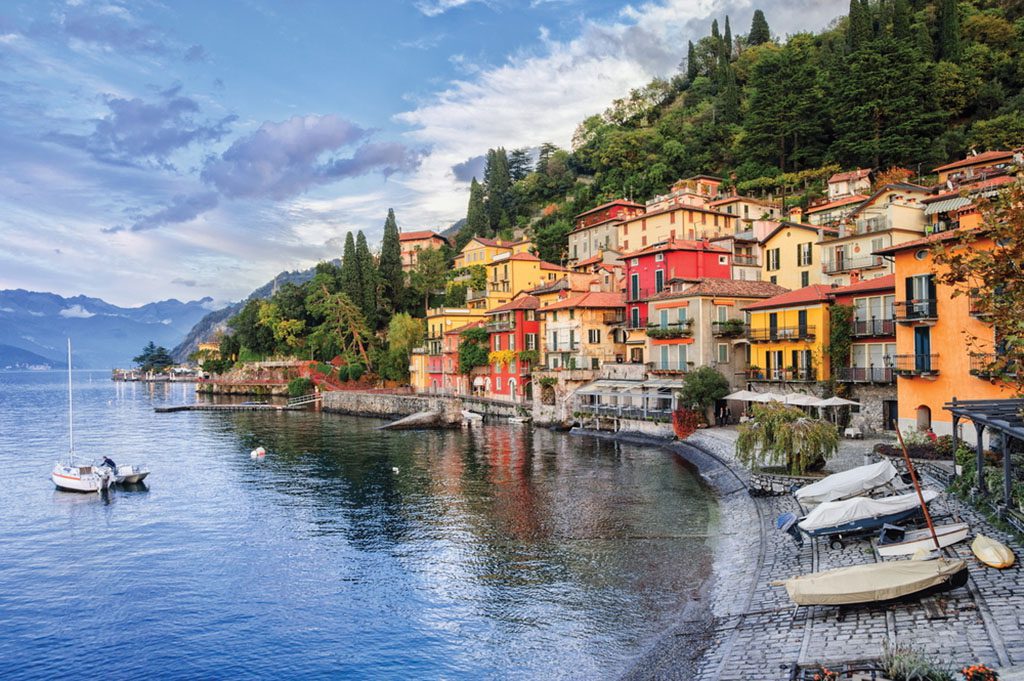
A beautiful view of the town of Menaggio on the picturesque Lake Como in Milan, Italy. Image source: Boris Stroujko/Shutterstock.com
Lake Como is the place to go if you want to see famous people. Since the Romans built the first villas on the lake, Lake Como has been a popular destination for tourists. It’s possible that you’ll run into George Clooney and his twins when visiting his lakeside vacation house. However, if the lake itself is what you’re after, then you should know that it’s one of the deepest in Europe at a staggering 400 meters (1,300 feet). Visitors come to take in the scenery, visit Villa Carlotta, and sample the gelato in nearby Como. The villages along the lake are connected by ferries.


